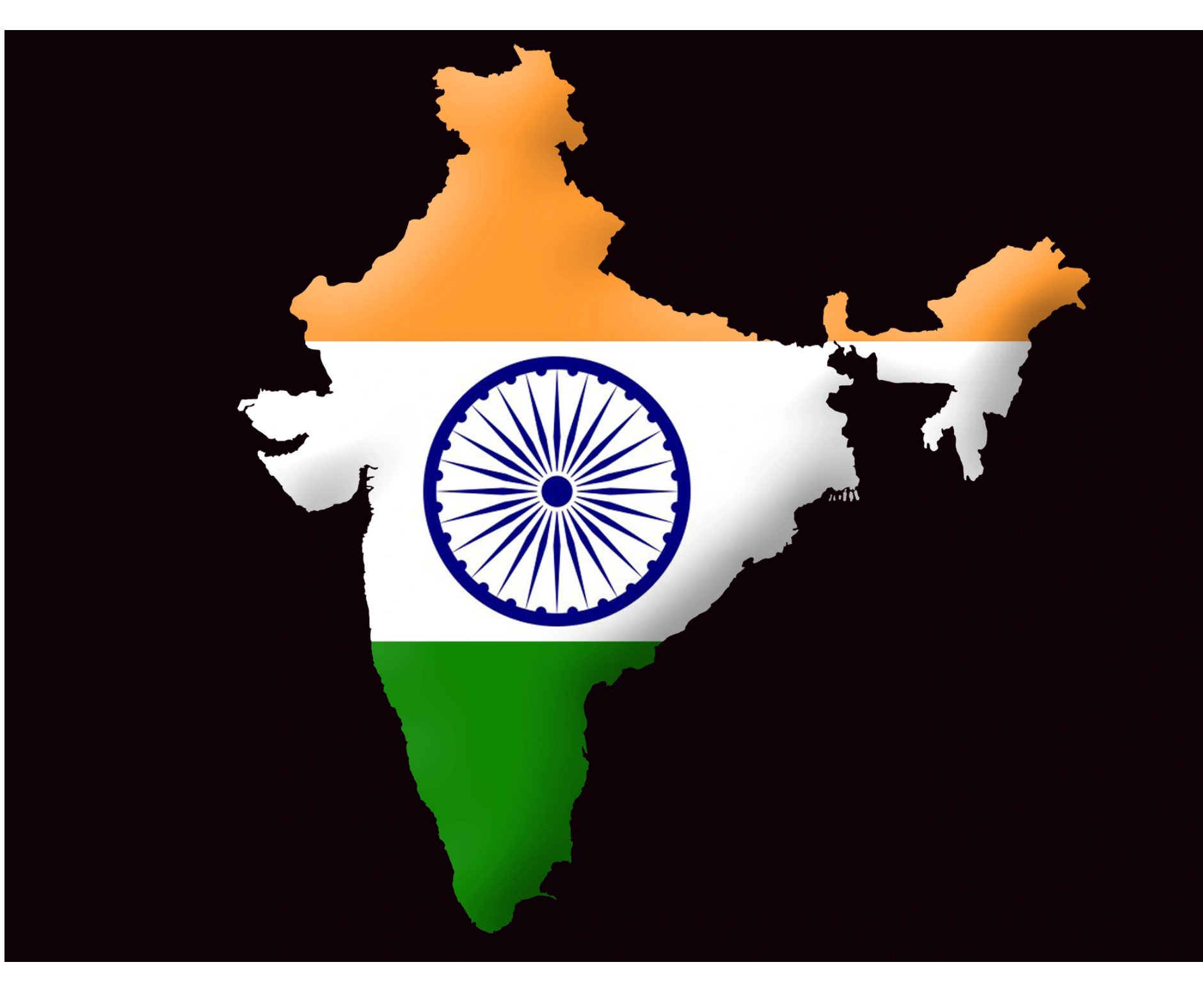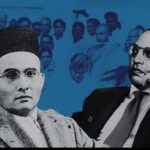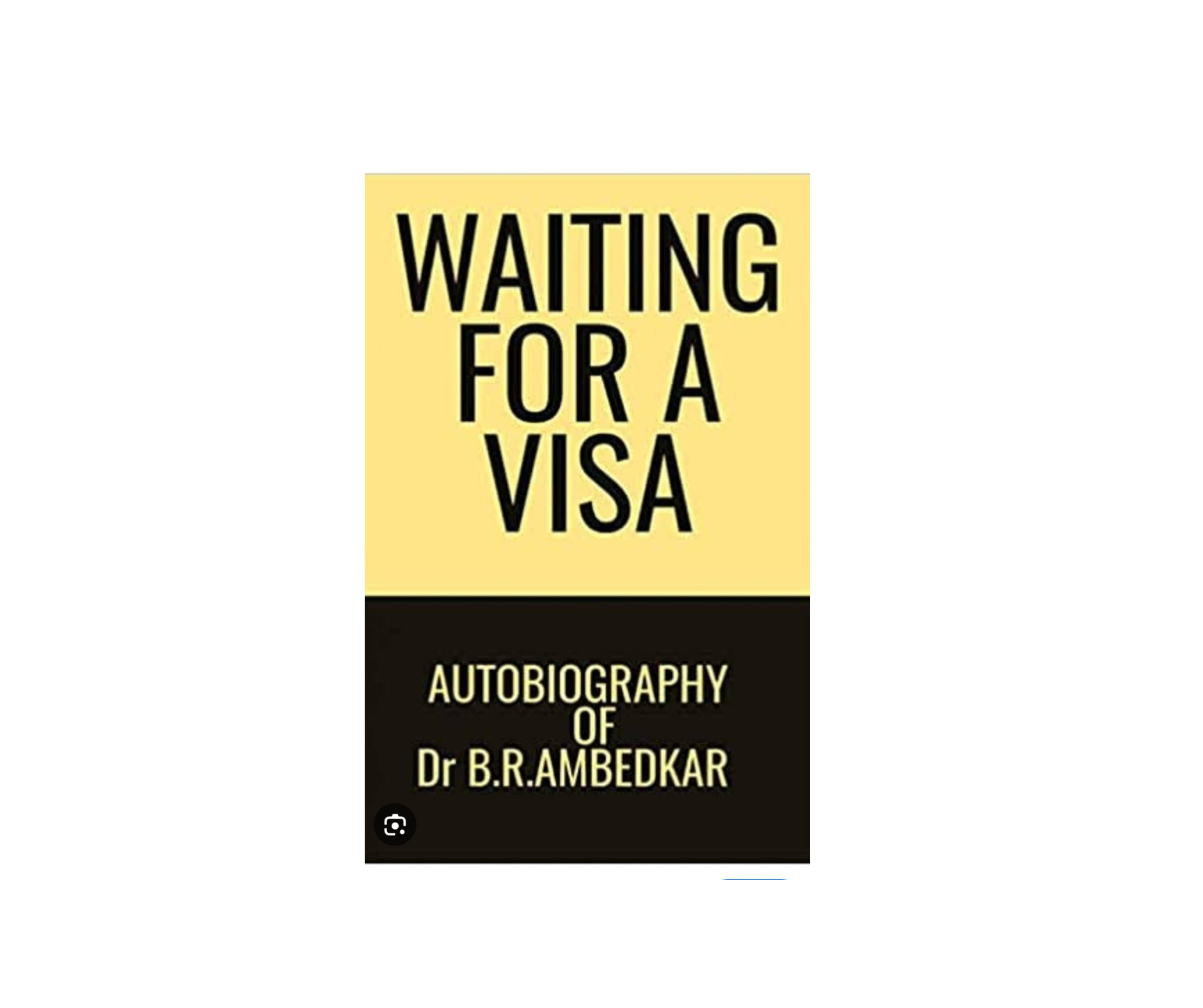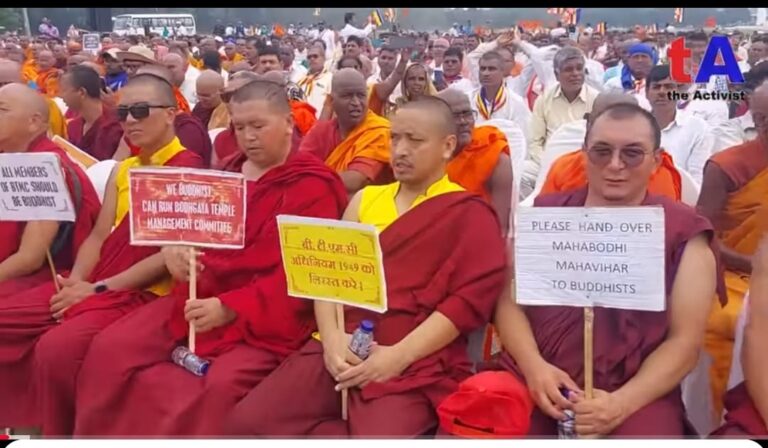Dr. B.R. Ambedkar, the architect of India’s Constitution, was not just a legal scholar but also a profound political thinker. His views on democracy went beyond elections and governance—he saw it as a tool for social transformation. For Ambedkar, democracy was meaningless without social justice, equality, and the annihilation of caste.
In this article, we explore Ambedkar views on democracy, its key principles, and why his ideas remain relevant in modern India. Whether you’re a student researching Ambedkar on democracy or a curious reader, this guide breaks down his philosophy in simple, engaging terms.
Ambedkar’s Definition of Democracy
Unlike Western thinkers who focused on political rights, Ambedkar defined democracy as:
“A form and method of government whereby revolutionary changes in the social and economic life of the people are brought about without bloodshed.”
For him, democracy had three pillars:
- Political Democracy – One person, one vote.
- Social Democracy – No discrimination based on caste, gender, or religion.
- Economic Democracy – Fair distribution of wealth and opportunities.
Why Was Ambedkar’s View Unique?
- He linked democracy to caste abolition, arguing that political equality is useless without social equality.
- Warned that majoritarian rule (Hindu Raj) could oppress minorities like Dalits and Muslims.
Key Principles of Ambedkar’s Democratic Vision
1. Social Democracy: Destroying Caste
Ambedkar believed caste was India’s biggest enemy of democracy.
- Example: Even after Independence, Dalits faced segregation in villages.
- Solution: He pushed for reservations, anti-discrimination laws, and inter-caste marriages to break caste barriers.
2. Constitutional Safeguards for Minorities
As Chairman of the Drafting Committee, Ambedkar ensured:
- Fundamental Rights (Articles 14-18) – Equality before law, no discrimination.
- Reservations (Articles 15-16) – Affirmative action for SC/STs.
- Directive Principles (Article 46) – The State must protect the weaker sections.
“The Constitution is not a mere lawyer’s document; it is a vehicle of life, and its spirit is the spirit of democracy.”
3. Warning Against “Bhakti” (Hero-Worship) in Politics
Ambedkar feared blind devotion to leaders could weaken democracy.
- Example: He criticized Gandhi’s saintly image, saying it discouraged critical thinking.
- Relevance Today: Rising personality cults in Indian politics.
4. Decentralization of Power
- Supported strong local governments (Panchayati Raj) to empower marginalized communities.
- Criticized centralized power as it could ignore Dalit and tribal voices.
Ambedkar vs. Other Thinkers on Democracy
| Thinker | View on Democracy | Ambedkar’s Difference |
| John Locke | Focused on individual liberty & property rights | Ambedkar added social justice as a core principle |
| Karl Marx | Class struggle leads to equality | Ambedkar said caste, not just class, must be destroyed |
| Gandhi | Village-based democracy (Gram Swaraj) | Ambedkar called villages “dens of caste oppression.” |
Ambedkar’s Warnings: Threats to Indian Democracy
He predicted three major dangers to democracy in India:
- Communalism (Hindu vs. Muslim politics) – Leads to division.
- Casteism – Undermines equality.
- Corruption – Weakens governance.
“In politics, we will have equality, but in social and economic life, we will have inequality. This contradiction will destroy democracy.”
Case Study: Caste Violence Today
- 2022 Data: Over 50,000 caste-based crimes reported (NCRB).
- Example: Dalits still face violence for riding horses, wearing sandals, or entering temples.
How India Has (or Hasn’t) Lived Up to Ambedkar’s Vision
Successes:
✅ Universal Adult Franchise – Every citizen, regardless of caste, can vote.
✅ Reservation System – SC/STs have political representation.
✅ Constitutional Protections – Laws like SC/ST Prevention of Atrocities Act.
Failures:
❌ Caste Discrimination Persists – Untouchability still exists in rural areas.
❌ Economic Inequality – Wealth gap between upper castes & Dalits remains high.
❌ Political Dynasties – Power concentrated among elites, not grassroots leaders.
What Would Ambedkar Say About Indian Democracy Today?
- He’d Criticize Rising Caste Politics – Parties exploit caste identities instead of erasing them.
- He’d Demand Stronger Laws Against Hate Crimes – Lynchings and atrocities continue.
- He’d push for More Dalit-Bahujan Leadership – Still underrepresented in corporate & media sectors.
How to Strengthen Democracy as per Ambedkar’s Vision
| Problem | Ambedkar’s Solution |
| Caste discrimination | Strict enforcement of anti-caste laws |
| Poor representation | More SC/ST/OBC leaders in all fields |
| Corruption | Transparency in governance (Right to Information) |
| Communalism | Secular education to promote unity |
Conclusion: Keeping Ambedkar’s Democratic Dream Alive
Ambedkar’s vision of democracy was radical—it demanded not just voting rights but dignity for all. While India has made progress, his warnings about caste, communalism, and corruption remain urgent.
To truly honor his legacy, we must:
✔ Fight caste discrimination in everyday life
✔ Ensure economic justice for marginalized groups
✔ Promote critical thinking over blind political loyalty
As we reflect on Ambedkar’s view on democracy, let’s remember his words:
“Democracy is not just a form of government. It is a way of life.”









